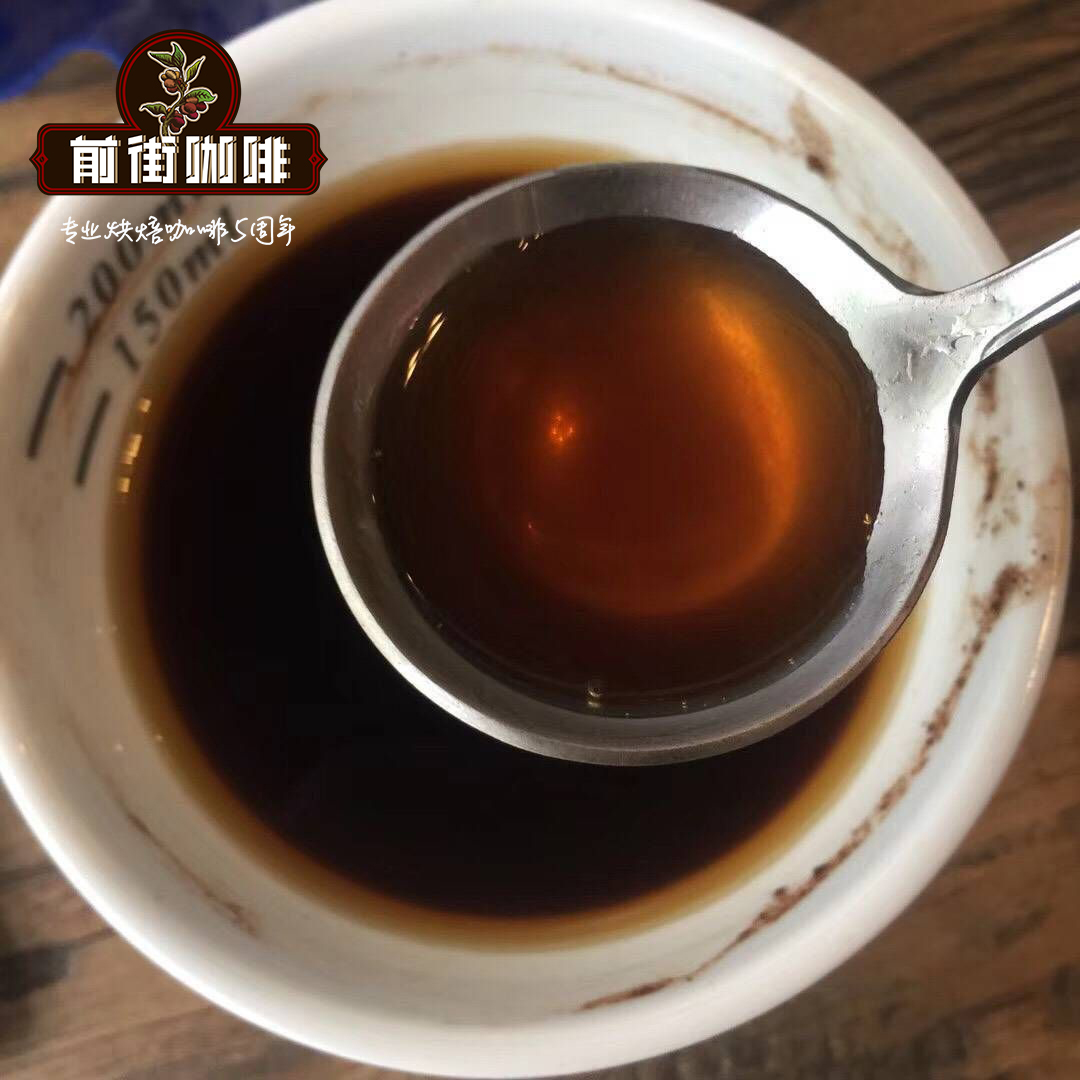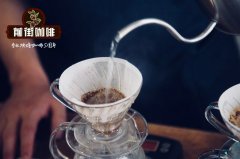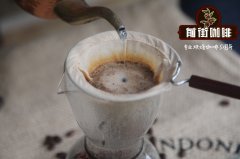How to measure the coffee cup? why do you test the coffee cup? what is the coffee cup test?

Professional coffee knowledge exchange more coffee bean information please follow the coffee workshop (Wechat official account cafe_style)
For a self-baked coffee shop that values quality, cupping is the first thing to do after baking coffee. But do you know what a cup test is? What coffee message can you know from the cup test? To put it simply, the cup test is to brew the roasted coffee with the same grinding scale, powder-to-water ratio, water temperature and soaking time, and then use a special instrument cup spoon to taste and judge the flavor of the coffee, but if it is more accurate, in fact, the real cup test also has standardized norms for "baking" and "evaluation". So in other words, the core purpose of the cup test is to drink the original flavor of a coffee bean "under the same conditions".
Although the complete cup testing procedure is very complicated, in fact, if we do not participate in the competition, we pay more attention to the standardized cooking part. Usually we use the ratio of water to powder 1: 18, water temperature 94 degrees, soak for 4 minutes before breaking the dregs, and cup test the flavor of coffee beans.
Freshly roasted coffee beans will not be tested immediately, but will be ripe for a period of time, so that the coffee beans will have a period of awakening time and a more complete flavor development. usually, the standard cup test time used in the cup test competition is between 8 and 24 hours after the coffee beans are roasted, and there will be more than three cup tests for one bean, so that the competition judges can compare the consistency of the coffee flavor.
But for bean bakers, the longer they are placed, the more factors that change the coffee beans.
Cup testing is a common activity for bean bakers, and it is also the most common way for coffee people to exercise their sense of smell and taste, but it may not happen very often to ordinary consumers. however, if you have the opportunity, you are highly recommended to participate in the cup test, you can listen to the bean baker in the process of baking and selecting coffee beans, but it is also an opportunity to drink many cups of coffee at a time. It would be a good way to learn more about coffee.
Important Notice :
前街咖啡 FrontStreet Coffee has moved to new addredd:
FrontStreet Coffee Address: 315,Donghua East Road,GuangZhou
Tel:020 38364473
- Prev

Those who tell you about coffee have to know a little about it.
Professional coffee knowledge exchange more coffee bean information please follow the coffee workshop (Wechat official account cafe_style) have you had the right coffee? Tell you the common sense of coffee that you can't help but know! The one-way exhaust valve is not for smelling incense holes. Hey, have we all had this experience? when you buy coffee beans in stores or supermarkets, you can't help but squeeze the packaging with your hands, and then face the coffee bean bags.
- Next

Is Arabica coffee better? Starbucks Arabica beans
Professional coffee knowledge exchange More coffee bean information Please pay attention to coffee workshop (Weixin Official Accounts cafe_style) I believe everyone has seen chain coffee shops emphasize that they use "100% Arabica coffee beans," but why do they emphasize this coffee variety? Is Arabica Coffee Really Better? Coffee beans are mainly divided into three varieties Arabica, Arabica
Related
- Beginners will see the "Coffee pull flower" guide!
- What is the difference between ice blog purified milk and ordinary milk coffee?
- Why is the Philippines the largest producer of crops in Liberia?
- For coffee extraction, should the fine powder be retained?
- How does extracted espresso fill pressed powder? How much strength does it take to press the powder?
- How to make jasmine cold extract coffee? Is the jasmine + latte good?
- Will this little toy really make the coffee taste better? How does Lily Drip affect coffee extraction?
- Will the action of slapping the filter cup also affect coffee extraction?
- What's the difference between powder-to-water ratio and powder-to-liquid ratio?
- What is the Ethiopian local species? What does it have to do with Heirloom native species?

